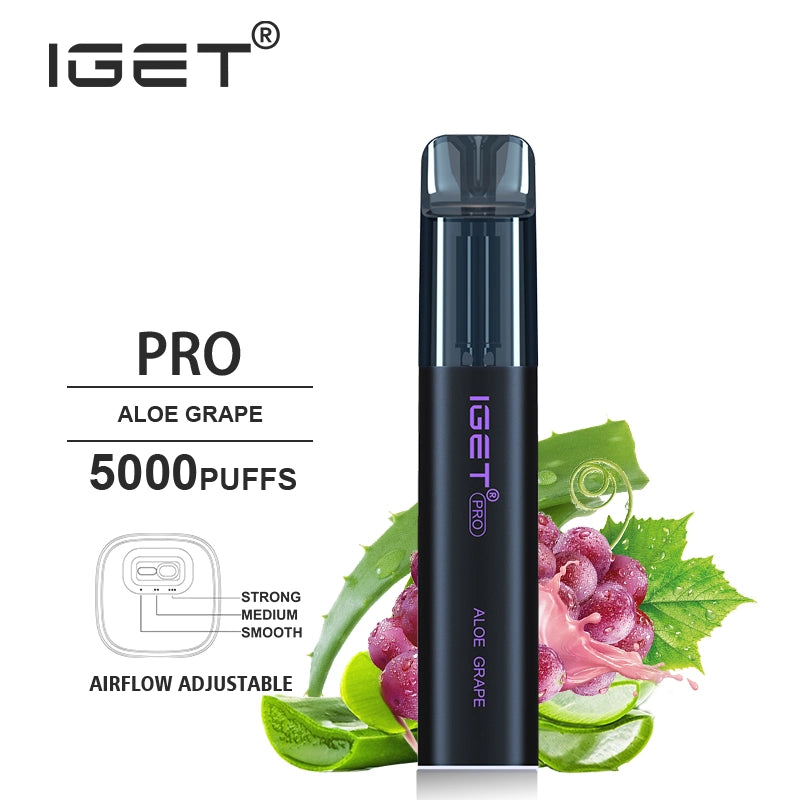Knowing Vape Device Operational Characteristics

Knowing Vape Device Operational Characteristics

The evolution involving vaping technology has led to a diverse variety of vape products, each with unique operational characteristics. Becoming familiar with these features will be essential for consumers seeking optimal performance, safety, and pleasure. This article goes in the key factors of vape unit functionality, from strength delivery to coil configurations and consumer customization.
Power Output in addition to Voltage Legislation
One of many determining characteristics of any vape device is its power output, which usually directly influences vapour production and taste intensity. Modern gadgets employ either fixed-voltage or variable-voltage components. Fixed-voltage devices provide a consistent power, while variable-voltage models allow users to modify output based on preferences.
Advanced vape mods often feature power consumption control, enabling accurate adjustments to coils heating rates. Temp control (TC) setting is yet another sophisticated feature, using built-in receptors to stop overheating by capping temperatures within user-defined limits. These kinds of power regulation systems enhance both basic safety and vaping knowledge.
Coil Resistance and Vapor Manufacturing
The resistance of vape coils, measured in ohms (Ω), plays a vital role in device performance. Lower opposition coils (sub-ohm) need higher power plus generate denser water vapor clouds, which makes them perfect for direct-to-lung (DTL) vaping. Conversely, higher-resistance coils are better suited for mouth-to-lung (MTL) vaping, tightly mimicking traditional cigarette draws.
Coil composition—often made from kanthal, metal steel, or nichrome—also affects operational efficiency. Some materials, just like stainless steel, will be compatible with heat control, while others exceed in pure power consumption mode. Understanding coils specifications ensures abiliyy with specific vape devices and desired experiences.
Battery Technology in addition to Longevity
Battery capacity and even type significantly affect vape device functioning. The most typical battery configurations consist of built-in lithium-ion bags and removable 18650, 20700, or 21700 cells. Higher milliampere-hour (mAh) ratings reveal longer battery life, but output current (measured in amps) must align along with device demands to prevent overheating.
Safety attributes for example short-circuit protection, overcharge prevention, plus discharge cutoffs are generally integral to modern day vape batteries. Consumers should prioritize gadgets with reliable battery pack management systems (BMS) to mitigate risks associated with high-power vaping.
Air movement Control and Choices
Adjustable airflow systems enable users to fine-tune vapor density plus throat hit. Larger airflow openings assist in cooler, voluminous confuses, while restricted airflow intensifies flavor plus warmth. Many reservoirs feature rotating wedding rings or slidable sections to modulate surroundings intake precisely.
This adaptability accommodates various e-liquid viscosities and vaping styles. For occasion, high-VG juices perform optimally in sub-ohm setups with open up airflow, whereas high-PG blends benefit from tighter airflow configurations.
E-Liquid Shipping Mechanisms
Vape devices make use of distinct e-liquid shipping systems, including top-fill, bottom-fill, and pod-based designs. Top-fill containers offer convenience, enabling quick refills without disassembly. Bottom-fill variants, though slightly more troublesome, often minimize leakage risks.
Pod systems have received popularity because of their simplicity and portability. Prefilled or refillable pods snap into compact batteries, catering in order to beginners and on-the-go users. Shop Now emphasize pure nicotine salt compatibility, offering smooth yet potent nicotine delivery.
Graphical user interface and Display Functions
Advanced vape mods incorporate user-friendly displays and menu systems to enhance simplicity. OLED or FLATSCREEN screens present essential data such as wattage, voltage, coil weight, and puff surfaces. Some models characteristic touchscreen interfaces or even Bluetooth connectivity for smartphone integration.
Navigational buttons or dials enable effortless adjustments, whilst firmware-upgradable devices make sure future-proof functionality. A new user-friendly interface drastically improves the overall knowledge, particularly for these transitioning from easier setups.
Safety and Servicing Things to consider
Proper maintenance stretches vape device life expectancy and ensures regular performance. Regular cleanup of tanks, shelves, and connectors helps prevent residue buildup, which in turn can impair flavor and vapor good quality. Users should routinely inspect O-rings in addition to seals to prevent escapes.
Security protocols include working with manufacturer-approved chargers, keeping batteries in defensive cases, and keeping away from over-discharging. Awareness of a device’s operational limits—such as maximum power consumption ratings—reduces the probability of failures.
Realization: Optimizing Vape Device Performance
Mastering the detailed characteristics of the vape device empowers users to tailor their own experience precisely. By simply comprehending power adjustments, coil dynamics, and maintenance best practices, enthusiasts can attain superior vapor good quality, longevity, and basic safety. Whether pursuing heavy clouds or refined flavors, informed judgements pave just how intended for a fulfilling vaping journey.
